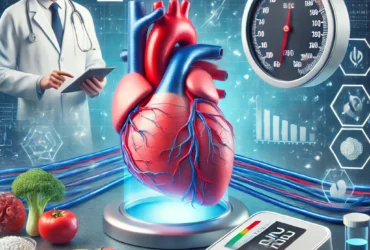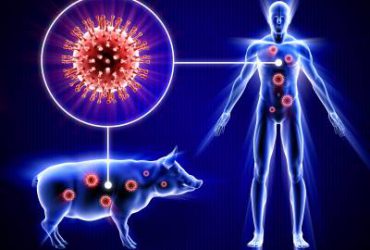1. Introduction to Anxiety and Panic Attacks
- What is Anxiety?
Anxiety is a feeling of unease, such as worry or fear, often about situations with uncertain outcomes. It’s normal to experience anxiety in certain situations, but for some, it becomes overwhelming and persistent, interfering with daily life. - What Are Panic Attacks?
Panic attacks are sudden periods of intense fear or discomfort that can come on without warning. They can cause a range of physical and emotional symptoms that may feel overwhelming, such as rapid heart rate, sweating, dizziness, and a sense of impending doom.
2. Common Symptoms of Anxiety and Panic Attacks
- Physical Symptoms of Anxiety:
- Rapid heartbeat or palpitations
- Shortness of breath
- Muscle tension
- Sweating
- Trembling
- Dizziness or lightheadedness
- Physical Symptoms of Panic Attacks:
- Chest pain or tightness
- Chills or hot flashes
- Nausea or stomach distress
- Shortness of breath
- Fear of dying or losing control
- Emotional Symptoms:
- Excessive worry or fear about everyday situations
- A sense of being overwhelmed
- Fear of going crazy or losing control during a panic attack
3. Understanding the Causes of Anxiety and Panic Attacks
- Genetic Factors: Anxiety can run in families, suggesting a genetic component.
- Brain Chemistry: Imbalances in neurotransmitters and brain activity may contribute to anxiety and panic attacks.
- Life Stressors: Major life changes, trauma, or excessive stress can trigger anxiety.
- Health Conditions: Certain health problems, like heart disease or thyroid disorders, can trigger anxiety or panic attacks.
4. Tips for Managing Anxiety and Panic Attacks
- Breathing Techniques:
- Deep Breathing: Practice deep breathing exercises to calm your body and reduce symptoms of anxiety.
- Box Breathing: Inhale for 4 seconds, hold for 4 seconds, exhale for 4 seconds, and hold for 4 seconds. This helps regulate your breathing and soothe your nervous system.
- Cognitive Behavioral Therapy (CBT):
CBT is a therapeutic approach that helps identify and challenge negative thought patterns that contribute to anxiety and panic attacks. - Mindfulness and Meditation:
Engage in mindfulness practices and meditation to ground yourself in the present moment and reduce anxious thoughts. - Progressive Muscle Relaxation (PMR):
Tense and release muscle groups to reduce physical tension caused by anxiety and panic. - Lifestyle Adjustments:
- Exercise: Regular physical activity can reduce anxiety symptoms.
- Healthy Diet: Eating balanced meals with adequate hydration supports mental health.
- Sleep Hygiene: Ensure you are getting adequate sleep, as poor sleep can worsen anxiety.
- Medication (If Necessary):
In some cases, doctors may recommend medications such as antidepressants or anti-anxiety drugs to help manage symptoms of anxiety and panic attacks.
5. When to Seek Professional Help
- Seeking Therapy:
If anxiety or panic attacks are affecting your daily life, therapy, such as CBT or Exposure Therapy, can provide helpful tools for managing the condition. - Medication:
Sometimes, medications like SSRIs (Selective Serotonin Reuptake Inhibitors) or benzodiazepines may be prescribed to help manage anxiety or panic attacks. - Talk to a Professional:
If you experience frequent or intense panic attacks, it’s important to consult a doctor or mental health professional to explore your treatment options.
6. How We Can Help
- Our Services:
At Advanced Poly Clinic, we offer a variety of treatments to help manage anxiety and panic attacks, including therapy, counseling, lifestyle counseling, and support. - Book an Appointment:
If you’re struggling with anxiety or panic attacks, our professionals are here to help. Contact us today to schedule a consultation.
📞 01-4531078 or 01-4543386
- Book Appointment with Dr. Ajit Gurung MD:






